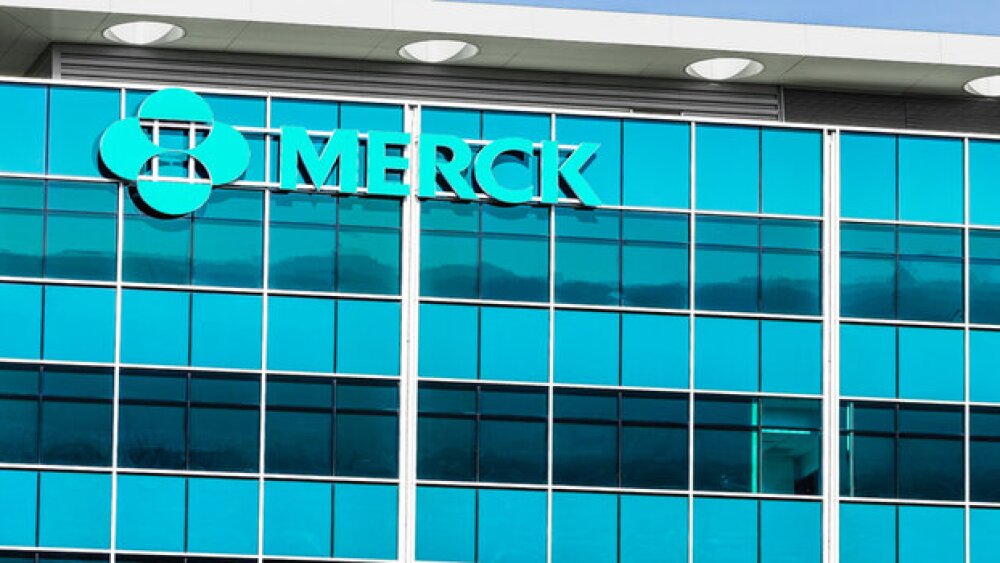VectorY Therapeutics will evaluate the use of SHP-DB1, a capsid developed by Shape Therapeutics, to deliver therapies to the brain, including VectorY’s developmental Huntington’s and Alzheimer’s disease treatments.
VectorY Therapeutics is joining with Shape Therapeutics in an option-and-license agreement worth potentially north of $1 billion.
The deal, announced Thursday, gives VectorY the option to evaluate Shape’s adeno-associated virus (AAV) capsid called SHP-DB1, developed to penetrate and deliver therapies deep into the brain. As per terms of the partnership, VectorY will assess the capsid’s ability to deliver antibody payloads for three therapeutic targets.
If the evaluation is successful, VectorY can obtain an exclusive license for SHP-DB1.
A specific financial breakdown of the agreement was not provided in the announcement, but Shape is entitled to an upfront payment, plus a potential $1.2 billion in fees and milestones. Upon VectorY exercising its option, Shape will be eligible for regulatory, development and commercial milestones that could hit up to $338 million for rare disease applications and $503.5 million for non-rare disease programs.
The collaboration will enable intravenous administration of programs already in the company’s pipeline, according to VectorY, including VTx-003, an antibody targeting mutant huntingtin (mHTT) and TDP-43 for treating Huntington’s disease, as well as VTx-005, an antibody against phosphorylated tau for Alzheimer’s disease.
SHP-DB1 is an engineered AAV capsid, which according to the companies’ announcement, is designed to “overcome the limitations of naturally occurring AAV serotypes.” The engineered capsid can penetrate deep into the brain while avoiding liver and dorsal root ganglion toxicities that are a concern for other AAV vectors. Two deaths associated with Sarepta’s Elevidys, for example, were due to acute liver failure, as was the death of a patient in a clinical trial for an investigational limb-girdle muscular dystrophy gene therapy. These developments prompted some experts to look beyond AAVs as delivery vehicles for this type of therapy.
“We designated AAV5 as our capsid of choice from the company founding,” VectorY CEO Jim Scibetta said in a statement announcing the deal, “and are deploying an AAV5 capsid in our lead asset, VTx-002, a TDP-43 motor neuron (non-deep brain) targeting vectorized antibody for ALS,” for which the company plans to file an investigational new drug application by the end of 2025.
Shape has done multiple deals over the years to leverage tech developed in-house. In 2023, the company linked with Otsuka in a deal worth up to $1.5 billion, where Otsuka gained access to Shape’s AI-developed AAV capsid discovery platform. Two years earlier, in 2021, Shape partnered with Roche in a pact valued at more than $3 billion, in which the Swiss pharma would use Shape’s RNA editing and AAV technology to develop gene therapies.






